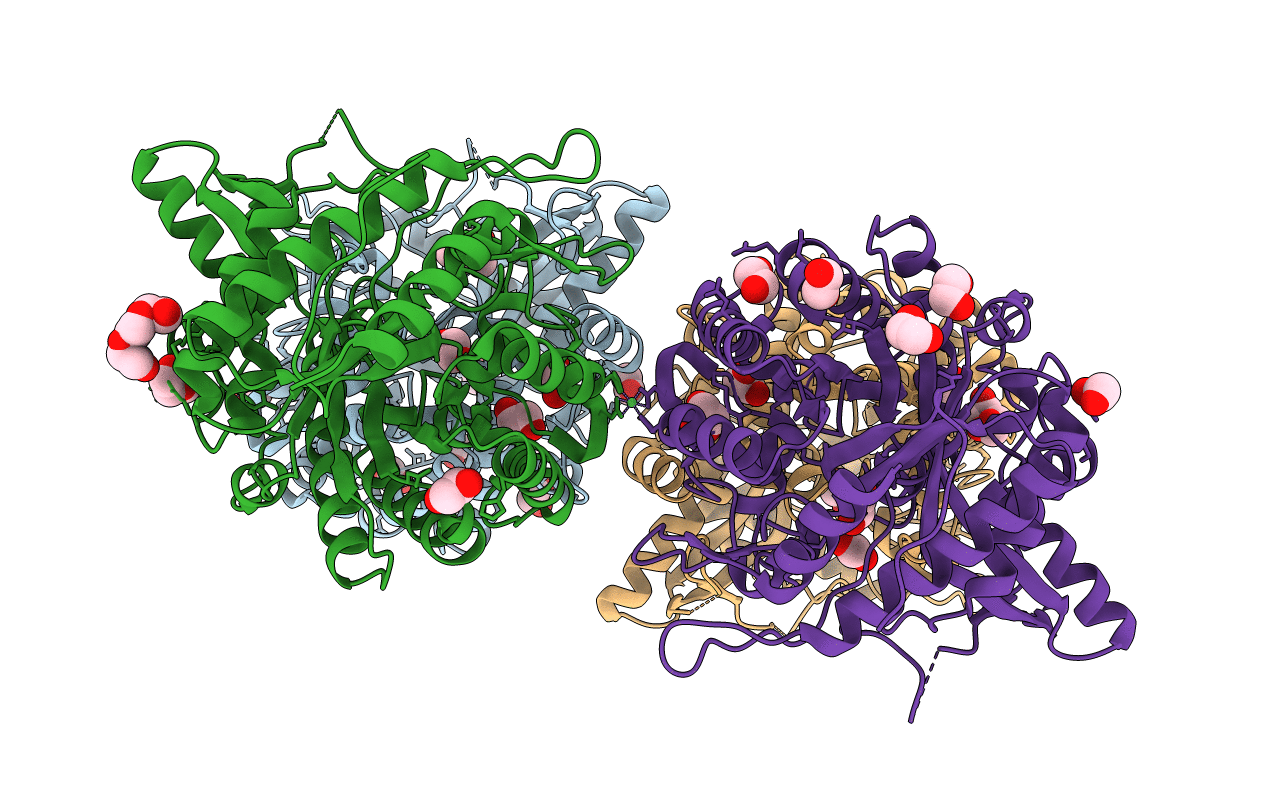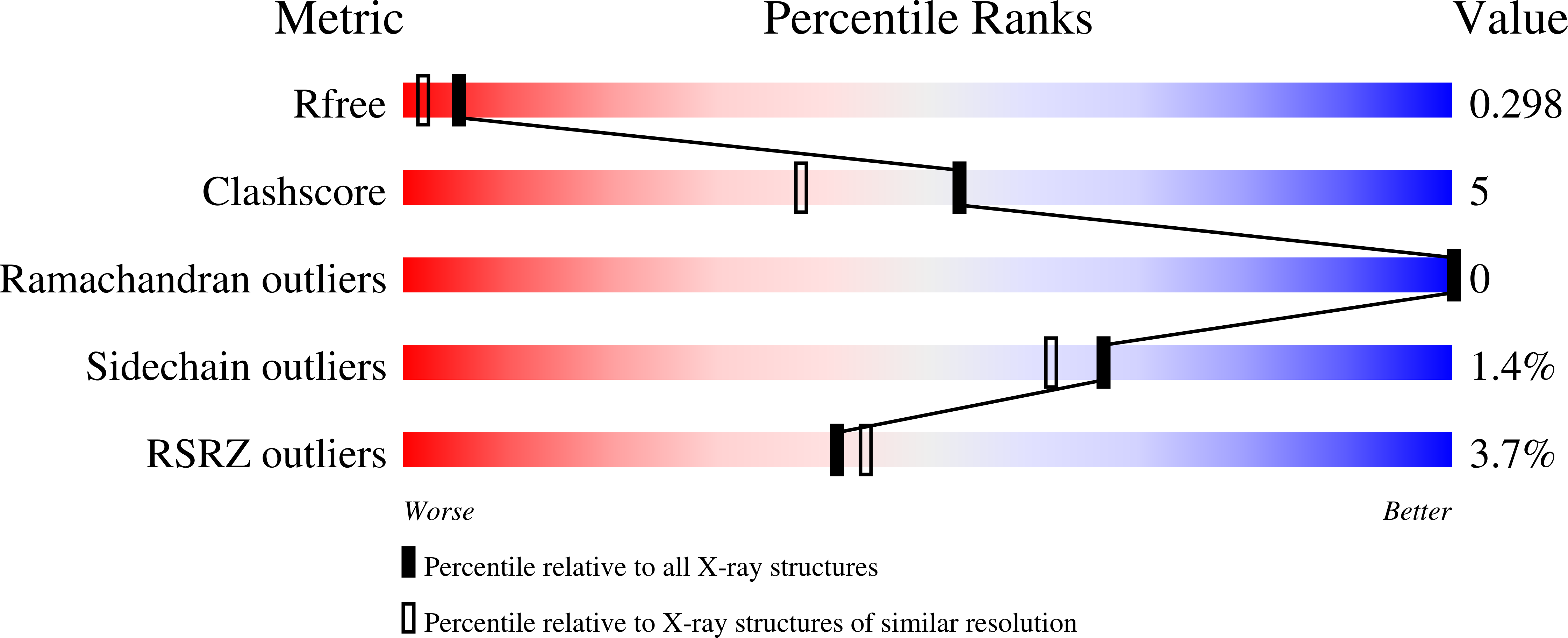
Deposition Date
2020-04-11
Release Date
2021-02-03
Last Version Date
2024-01-24
Entry Detail
PDB ID:
6YN7
Keywords:
Title:
Crystal Structure of AHE enzyme from Alicyclobacillus herbarius
Biological Source:
Source Organism:
Alicyclobacillus herbarius (Taxon ID: 122960)
Host Organism:
Method Details:
Experimental Method:
Resolution:
1.98 Å
R-Value Free:
0.29
R-Value Work:
0.24
R-Value Observed:
0.24
Space Group:
P 1 21 1


